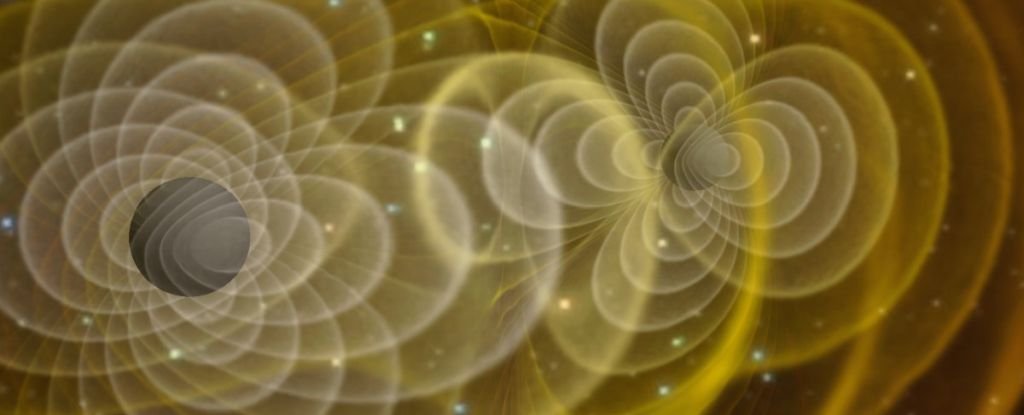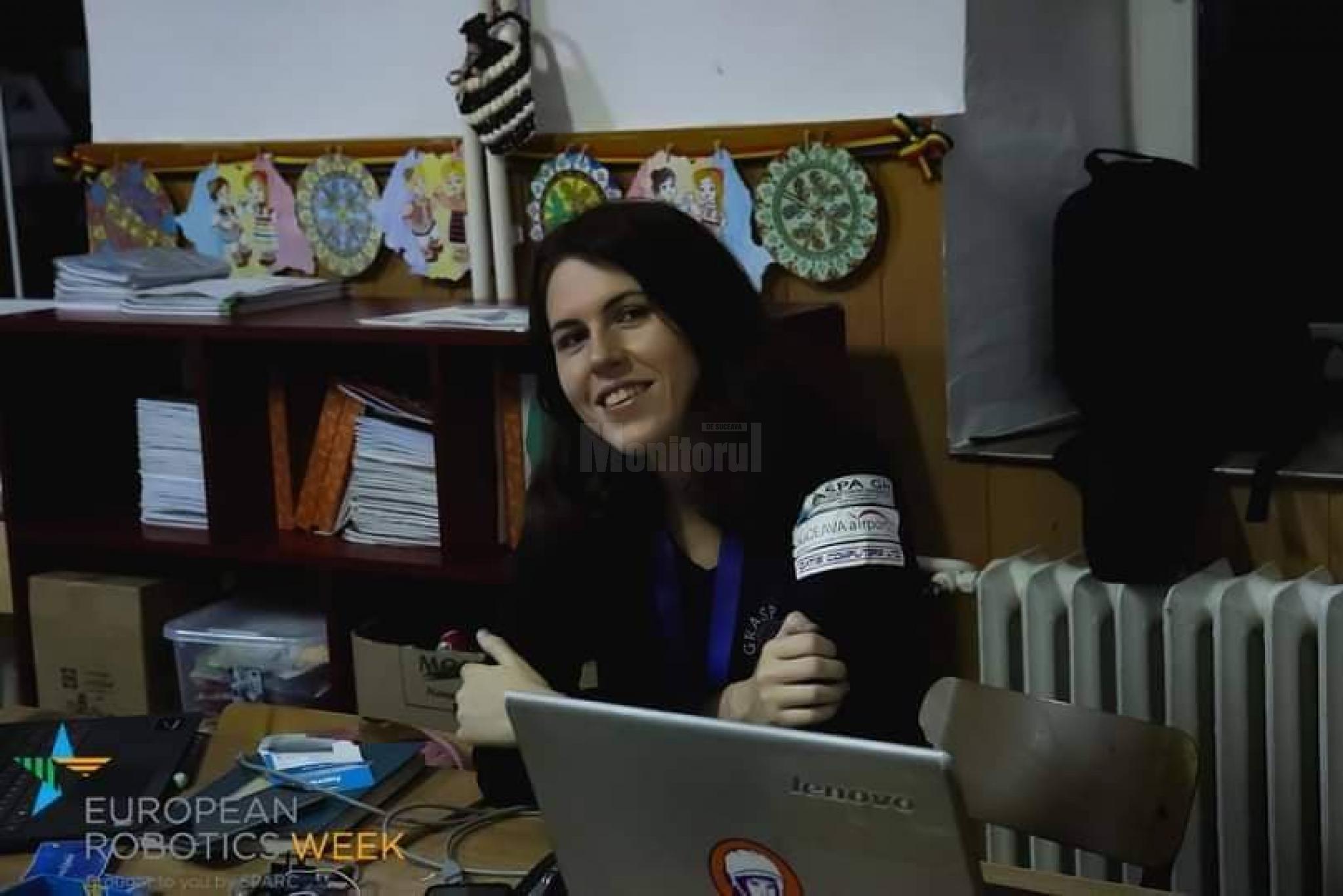(CNN / Future 360) – Astronomers were able to “Hear” the heavenly buzz of powerful gravitational wavesresulting from collisions between black holes, is reverberating throughout the universe, for the first time.
Their observations reveal that the waves, including some that ripple slowly as they pass the Milky Way, They occur at different frequencies and oscillate over decades.
This discovery could help scientists understand cosmic phenomena such as supermassive black holes The frequency of galaxy mergers.
Gravitational waves, which were first predicted by Albert Einstein in 1916, They are ripples in space-time that were first discovered in 2015.
“But we’ve already seen gravitational waves!” You say. Yes but like electromagnetic waves (aka light), gravitational waves come in different frequencies. NANOGrav is uniquely positioned to search for low frequencies. More details on that here: https://t.co/BxcDHUhY52
– Chanda Prescod-Weinstein fixed now (@IBJIYONGI) June 25, 2023
Astronomers found the waves by tracking pulsars, or the dense remnants of the cores of massive stars after they exploded in a supernova, across the Milky Way. Pulsars are like stellar beacons, spinning rapidly and emitting beams of radio waves that appear to “pulse” when seen through ground-based telescopes. Pulsars can spin hundreds of times every second.and the constant accuracy of the pulses makes them as reliable as cosmic clocks.
When gravitational waves pass between Earth and a pulsar, the synchronization of the pulsar’s radio waves is disrupted. Einstein hypothesized that gravitational waves would stretch and compress space as they moved through the universe, affecting the way radio waves travel. This means that some of the pulses reach the ground a fraction of a second earlier or later than expected.
More than 190 scientists set out to discover the frequencies of gravitational waves. As part of the Nanohertz North American Gravitational-Wave Observatory collaboration, also known as NANOGrav.
They tracked the radio waves of more than 60 pulsars for 15 years using three large radio telescopes.: Arecibo Observatory in Puerto Rico (no longer operational), Green Bank Telescope in West Virginia, and the Very Large Array in New Mexico.
Their findings appeared in a study published Wednesday in Astrophysical Journal Letters.
I am looking for a heavenly choir
The newly discovered gravitational waves are the most powerful gravitational waves ever measured. probably, They were caused by the collision of supermassive black holes They carry a million times more energy than individual events discovered in recent years that are caused by mergers of black holes or neutron stars.
It’s like a choir With all these pairs of supermassive black holes resonating at different frequenciesChiara Mingarelli, assistant professor of physics at Yale University, a co-author of the study and a nanographer, said in a statement. “This is the first evidence of a gravitational wave background. We have opened a new window for observing the universe.”
The gravitational wave background, a type of cosmic noise that has long been hypothesized but never discovered, It consists of gravitational waves of very low frequency. When black holes collide in the universe, these waves hum and echo together in the background.
Gravitational waves travel at the speed of light, but astronomers do I realized it was one ups and downs of one of the waves It could take years or decades to pass due to the domino effect of space-time.
This artist’s illustration shows pulsars affected by gravitational waves generated by the merger of a supermassive black hole in a distant galaxy. Credit: Aurore Simonnet for NANOGrav Collaboration.
“We use a galaxy-sized gravitational wave detector The co-author of the study, Dr. Dr. Scott Ransomastronomer at the National Radio Astronomy Observatory, in a statement.
Our previous data told us we were hearing something, but we didn’t know what. We now know it was music coming from the gravitational realm. As we continue to listen, We probably choose the notes of the instruments that play in this cosmic orchestraRanson said.
“Combining the results of gravitational waves with studies of galactic structure and evolution will revolutionize our understanding of the history of our universe.”
catastrophic collisions
Scientists believe that supermassive black holes are largely responsible for the formation of background gravitational waves. Supermassive black holes are found in the centers of most large galaxies. but As galaxies mergeEventually, the black holes begin to orbit each other.
These massive bodies, containing billions of times the mass of our sun, They dance until they collide. When that happens, the ripples spread from the host galaxy and eventually reach our galaxy.
Gravity wave background?! Yes please!
I can’t wait to see what we find out from this! https://t.co/Eg0zKl2CLu pic.twitter.com/gPXsRxq9zf
—Kirsten Banks (@AstroKirsten) June 29, 2023
It is estimated that there are hundreds of thousands, or perhaps millions, of Pairs of supermassive black holes throughout the universe.
Study co-author Dr. Luke Kelly, associate professor of astronomy at the University of California, Berkeley, and chair of the NANOGrav Astrophysics Group, said in a statement.
“But now we finally have solid evidence for the existence of many of these massive, very close pairs,” Kelly said. “Once the two black holes get close enough for the synchronization pulsar arrays to see themNothing can stop them from merging in a few million years.”
But the researchers acknowledge that it is not out of the realm of possibility that there are multiple origins for the gravitational wave background, just as there are alternative explanations for how the universe began. The team will continue to study the gravitational wave background and It will attempt to isolate individual sources to determine their origins.

Artist’s rendering of gravitational waves from a pair of spinning black holes (visible left from a distance). The waves pass several pulsars and Earth (right). Credit: Keyi “Onyx” Li/US National
“The gravitational wave background is about twice as strong as I expected,” Mingarelli said. “It really represents the limit of what our models of supermassive black holes can create. What follows is everything. This is only the beginning.”
In addition, scientists using telescopes in Europe, India, China and Australia reported similar results published on Wednesday. Merge data from NANOGrav with The international collaborators can provide a broader picture of the gravitational wave backgroundthe researchers said.
“Our combined data will be much more powerful,” study co-author Stephen Taylor, assistant professor of physics and astronomy at Vanderbilt University who currently heads the NANOGrav collaboration, said in a statement. “We are excited to see what secrets they will reveal about our universe.”





